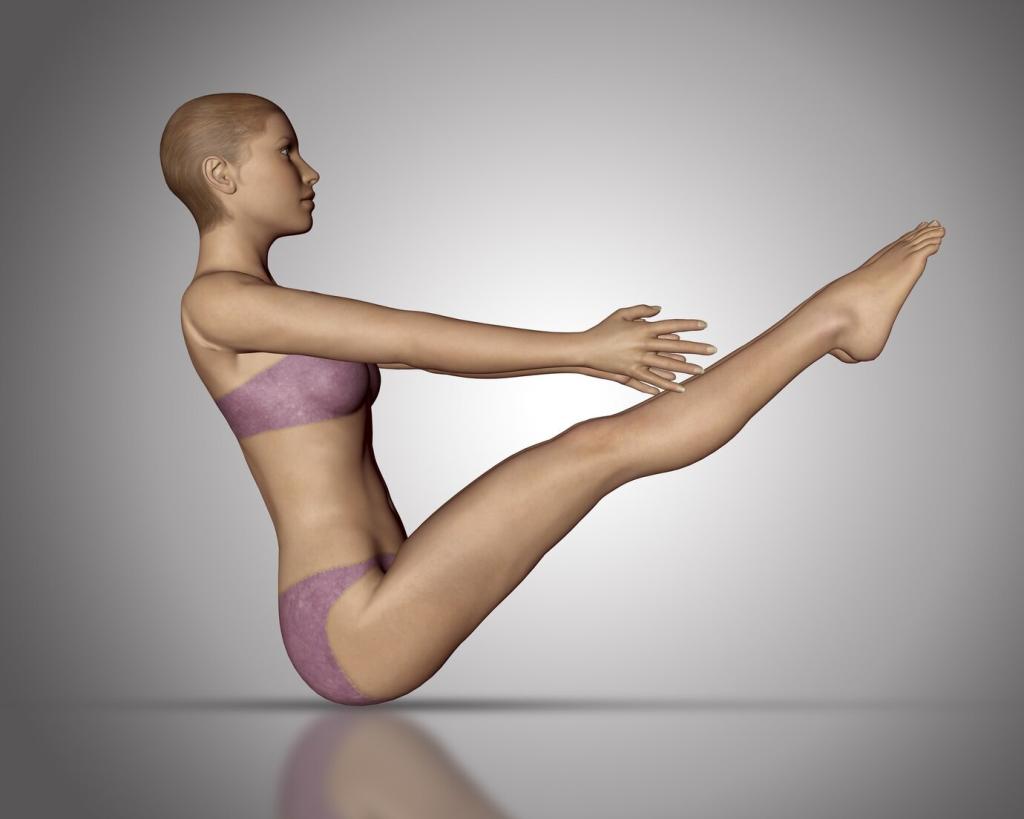
Enhancing Flexibility with Beginner Yoga Techniques
Discover how beginner yoga techniques can significantly improve your flexibility, overall well-being, and sense of balance. This guide delves into the foundational principles of yoga for beginners, explores accessible poses, and offers guidance on building a sustainable, enjoyable practice. Whether you are new to yoga or seeking to refine your flexibility, this page will provide essential insights and practical tips designed with novice practitioners in mind.
The Importance of Flexibility in Yoga
Understanding Flexibility
Flexibility refers to the ability of muscles and joints to move through their full range of motion. In yoga, flexibility is not only about physical pliability but also about adapting the mind to new sensations and experiences. Beginners often discover that as their bodies gradually stretch and open up, their mental barriers begin to dissolve as well. Improved flexibility leads to a reduction in muscle stiffness, better posture, and decreased risk of injury during movement or physical activity.
Flexibility and Everyday Life
The skills developed through flexibility training in yoga extend beyond the mat into everyday life. Tasks such as bending to tie your shoes, reaching for objects, or even sitting comfortably at a desk become easier as flexibility improves. Moreover, increased flexibility reduces the strain on muscles and joints, helping to prevent common aches and pains. This holistic approach supports long-term health and makes daily movements more fluid and graceful.
Flexibility’s Role in Stress Relief
Improved flexibility through yoga has profound effects on stress reduction. When the body releases physical tension, the mind follows, leading to a sense of relaxation and calmness. Stretching muscles gently sends signals to the nervous system to relax, which can lower stress hormone levels. For beginners, these benefits serve as powerful motivation to stay consistent with their yoga practice and prioritize self-care.
Foundational Yoga Techniques for Beginners
Breath Awareness
Breath awareness is a cornerstone of effective yoga practice, especially for beginners working on flexibility. Coordinating movement with breath helps the body relax and the muscles stretch more easily. Focusing on steady, mindful breathing during poses allows for deeper stretches and prevents unnecessary strain. Once you attune your breath to your movements, you create the conditions for your body to gently open and release tension, making flexibility gains more accessible over time.
Gentle Warm-Up Movements
Before diving into deeper stretches, it’s important for beginners to warm up the body with gentle movements. Small, dynamic motions like side bends, shoulder rolls, or slow twists prepare muscles and joints for increased flexibility work. These warm-ups encourage blood flow, boost circulation, and gradually increase your range of motion, which reduces the risk of injury. A mindful warm-up also signals to your mind that it’s time to focus on your practice, fostering a sense of presence and calm.
Consistent Practice Approach
Establishing a consistent practice routine is essential for cultivating flexibility through yoga. Beginners often see the best results when they dedicate time on a regular basis, even if sessions are short. Repeating familiar poses allows the muscles to lengthen over time, while the nervous system adapts to greater ranges of motion. Consistency creates a feedback loop of improvement, where small daily habits accumulate into significant flexibility gains, building confidence and motivation along the way.
Forward Fold
The forward fold is a simple yet effective pose that targets the hamstrings, calves, and lower back. By hinging at the hips and folding the upper body toward the legs, beginners can experience a deep stretch along the entire backside of the body. Maintaining a gentle bend in the knees makes this pose accessible for those with limited flexibility, while gradually working toward straighter legs improves range of motion over time. Over repeated practice, the forward fold enhances not just physical flexibility but also encourages letting go of tension and surrendering to the present moment.
Cat-Cow Stretch
The cat-cow stretch is a gentle movement sequence that increases flexibility in the spine and strengthens the connection between breath and movement. Beginning on hands and knees, practitioners alternately arch and round the back while synchronizing each motion with the inhalation and exhalation. This rhythmic flow warms up the body, loosens the spine, and opens the chest and shoulders. As beginners repeat the cat-cow stretch, they build the foundation for more advanced poses and unlock a sense of mobility that can relieve stiffness and tension accumulated from sitting or sedentary activities.
Seated Spinal Twist
The seated spinal twist helps beginners cultivate flexibility in the back, hips, and shoulders. Sitting with legs outstretched and then crossing one leg over the other, you gently rotate the torso to one side while maintaining a tall spine. This posture encourages the spine to move through its full rotational capacity, easing tension in the back muscles and improving digestion. By practicing twists, beginners increase their ability to move comfortably in daily life and deepen their awareness of the body’s natural range, empowering them to pursue more challenging yoga poses in the future.
